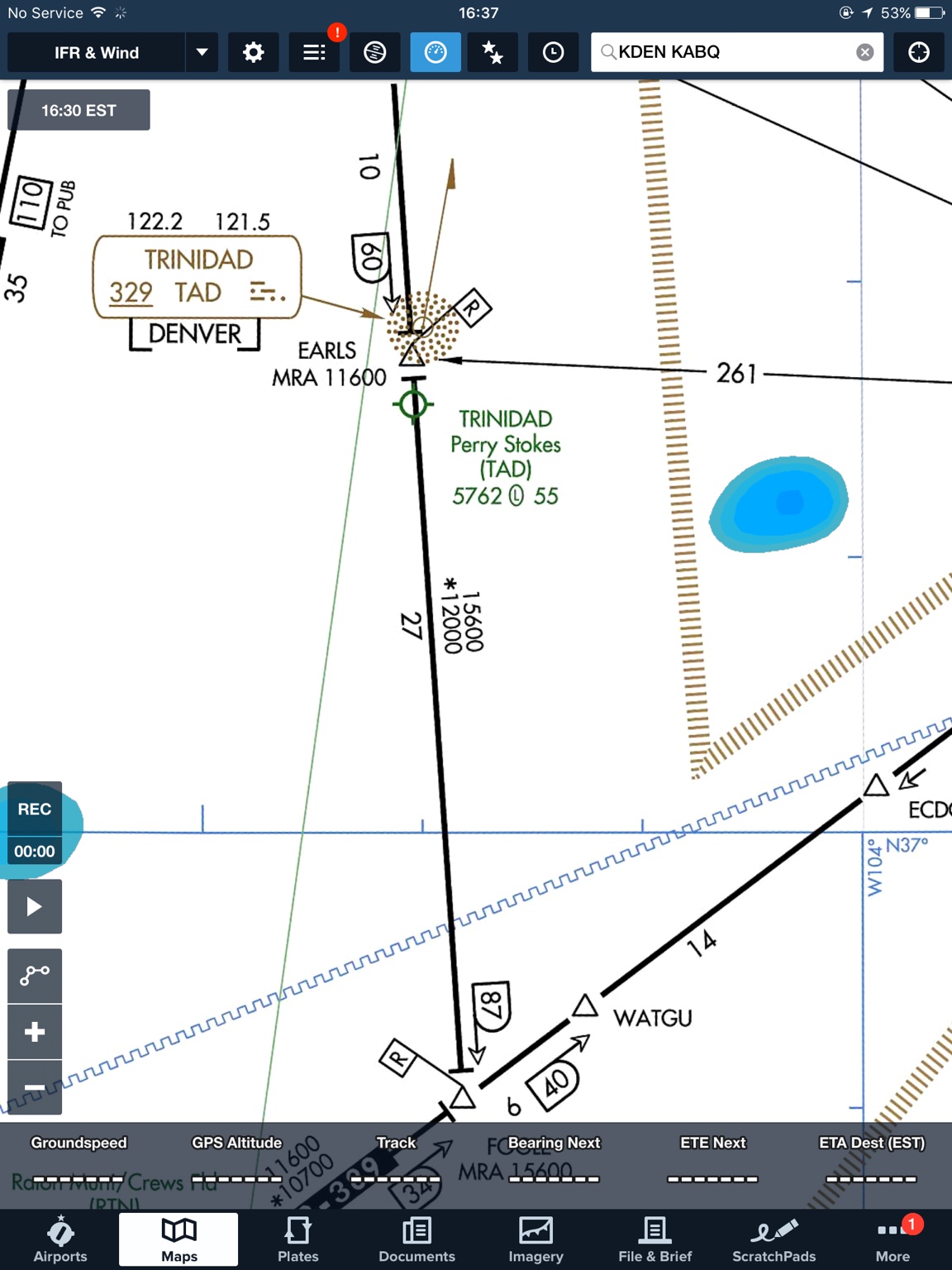It does when the aircraft lacks a functioning transponder.
Thank you. Saved me the trouble. Amusingly, during this period Margy was a student pilot and the owner of the flying club booked her a tour with the control tower. Getting up to the radar room I looked down and said "I see you got the primary radar fixed." The controller said that most people would not have noticed that.


